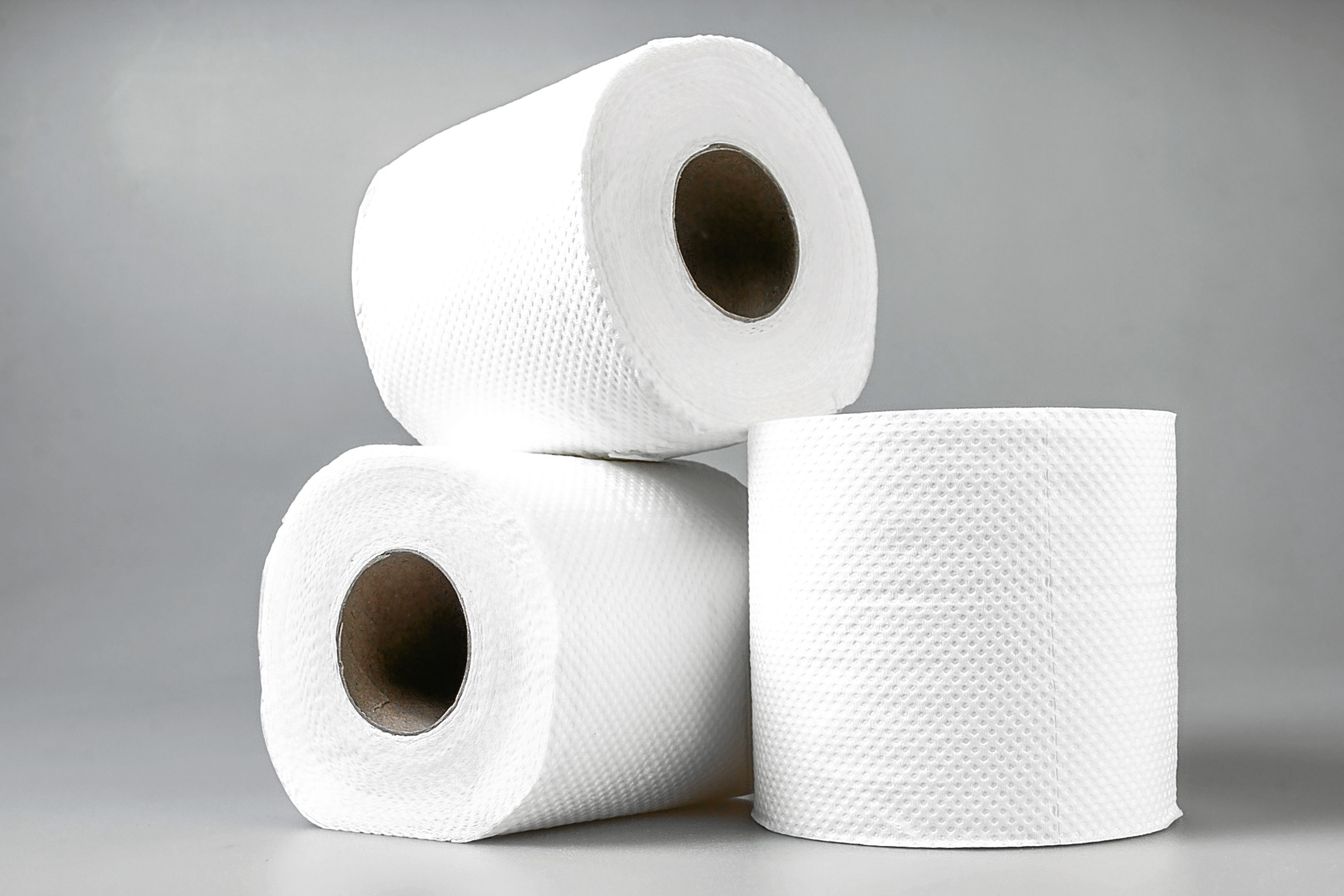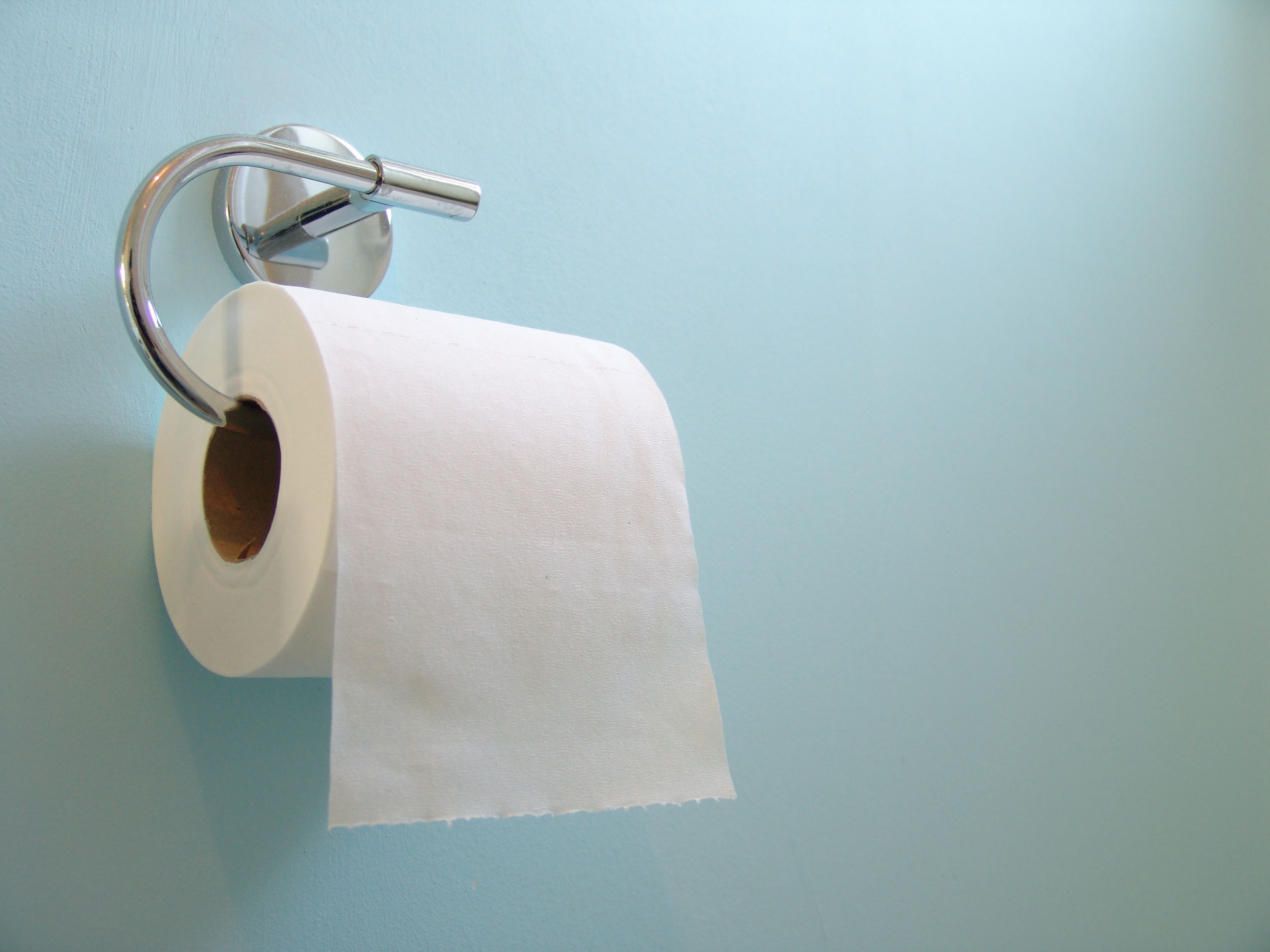
FIRMS are increasing their bottom line – by shrinking our loo paper.
The Office of National Statistics (ONS) have highlighted toilet rolls in a new report as one of the products affected by “shrinkflation”.
A staggering 2529 products monitored by the ONS have decreased in size since 2012.
And industry experts say that toilet paper has become the latest battleground in the bitter retail war being fought out by the nation’s supermarkets.
In the past five years Andrex has reduced the number of sheets on each roll by 19.
Standard rolls used to have 240 sheets but that was slashed to 221, an 8% reduction.
However, their prices have increased, sharply in some cases.
Analysis in trade magazine The Grocer showed that while average prices were up by 7% in the past year, a nine-pack of Andrex Quilts was, on average, 17% more expensive in shops.
The company confirmed the sheet shortage but insisted the reduction had helped them with a multi-million-pound investment that had resulted in a significant improvement in their products.
As well as cutting the number of sheets, manufacturers have adopted other subtle reduction strategies.
Individual sheets on some rolls were found to be half an inch narrower and shorter – four as opposed to four-and-a-half inches – than the previous standard.
And Procter and Gamble, manufacturer of Charmin, made its sheets smaller by three-eighths of an inch.
The cardboard tubes at the centre of some manufacturers’ rolls have also increased in size, giving the packaging a similar-sized appearance.
Like Andrex, big rival Cushelle has also hiked prices. Four-packs were 3% dearer in major supermarkets, but 16-packs were 25% dearer.
However, in an ultra- competitive market, the supermarket giants have been trying to capitalise and grab market share.
Sainsbury’s, Asda and Tesco have all been slashing the prices of their own-label toilet rolls by between 20 and 50p.
Four-packs were down by 2% on average and nine-packs were 6% cheaper.
“Toilet rolls are one of the products which are easier to subtly shrink without the customer feeling like they’ve lost out on anything as it’s hard to tell if you lose a few sheets on a roll,” said Molly Johnson-Jones of GlobalData.
“It’s a fine line to tread, though. If shrinkflation happens on a noticeable number of products, the consumer will feel ripped off.”
Richard Hopping, Household and Brand Analyst at Mintel, says it’s hard for manufacturers to make reductions without it being picked up.
“Value is a major driver of toilet paper purchasing. People are sensitive to value in this market, so reducing multipack sizes or the number of sheets in a roll without reducing prices is likely to be noticed.
“Savvy shoppers have come to expect getting a good deal.
“They are therefore likely to seek out value in the face of shrinkflation, whether by buying in bulk when products are on special offer, or by turning to discounters to buy products at value prices.”

Enjoy the convenience of having The Sunday Post delivered as a digital ePaper straight to your smartphone, tablet or computer.
Subscribe for only £5.49 a month and enjoy all the benefits of the printed paper as a digital replica.
Subscribe